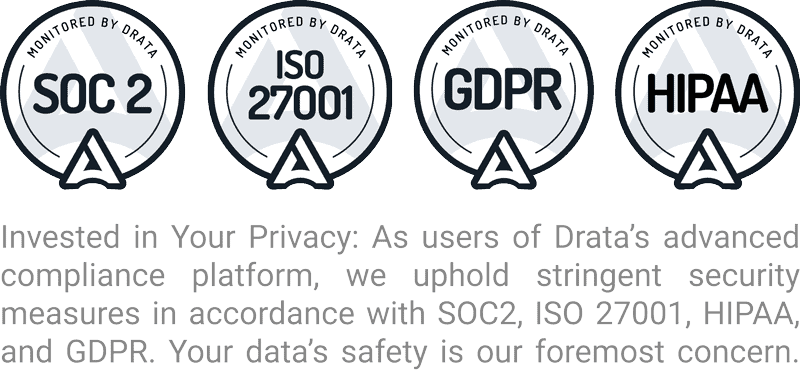You Can’t Execute Lead Management Without…
 Sales agents (and now marketing teams) often wrestle with lead management policies. You can’t execute lead management without the right approach. Here are a few key lead management strategies that every enterprise should adopt.
Sales agents (and now marketing teams) often wrestle with lead management policies. You can’t execute lead management without the right approach. Here are a few key lead management strategies that every enterprise should adopt.
Lead nurturing
There are plenty of numbers being thrown around regarding how many leads are ready to buy on first contact. 50%…65-85%…90%. Whatever the number, the point is that most times marketing leads need to be nurtured (cultivated) so they grow into sales prospects. What’s the best way to be effective at lead nurturing? Create a strategy that advances leads through constantly escalating engagements. (But keep in mind that you can’t herd all leads to the sales engagement gate at the same pace; message delivery should be aligned with where leads are in the buying cycle.)
Lead scoring
As leads are qualified and nurtured, they should be scored and/or graded for quality. To properly execute lead management, companies should grade both physical and business attributes (explicit score) to ensure leads that are generated fit a customer persona. Next, online behaviors (implicit score) should be scored for relevancy. Combining explicit and implicit metrics provides a holistic image of leads that can be used to determine how deep into the buying cycle they are and whether they fit the profile.
Determining “sales-ready” value
Too many times sales gets a lead that, when contacted, shows little interest or capacity to buy. Should sales have received that lead at that time? For companies that simply send marketing leads en masse when they are generated, it’s no wonder that 80% are ignored, discarded, or lost. Sales and marketing should work together to define what a sales ready lead looks like. Sales agents know best about what leads convert to customers while marketers know how to generate leads. Put those two in a room and get them to define how sales-ready leads are while they advance through the pipeline.
Providing a seamless transition
As leads are nearing transition from marketing-qualified lead (MQL) status to sales-qualified lead (SQL) status the handoff from marketing to sales should be non-evident to your leads. Marketing must furnish sales with information about messaging used during nurturing, lead score, length of time in the marketing pipeline, and so on. When a lead moves to your CRM, sales agents shouldn’t have to recreate the lead experience. A marketing automation platform that integrates with popular CRMs can help with creating a seamless lead transition.
Evaluation
I know: it seems like common sense. But a surprising number of enterprises do not evaluate program performance effectively. Marketers need to know if the leads they are sending sales are good potential closes. To determine marketing effectiveness, sales should inform marketers about close rates, lead-to-prospect rates, and other metrics. From that information, marketing should evaluate messaging, delivery, channel, day-part, offers, and engagement tools.










